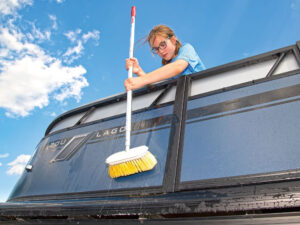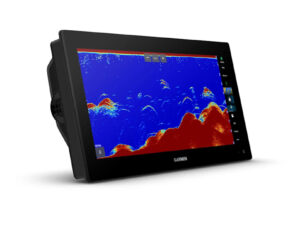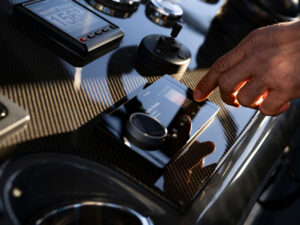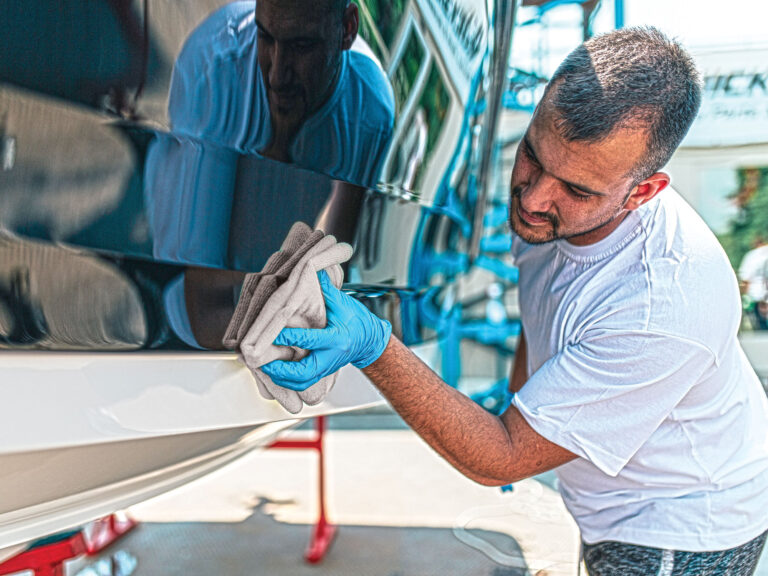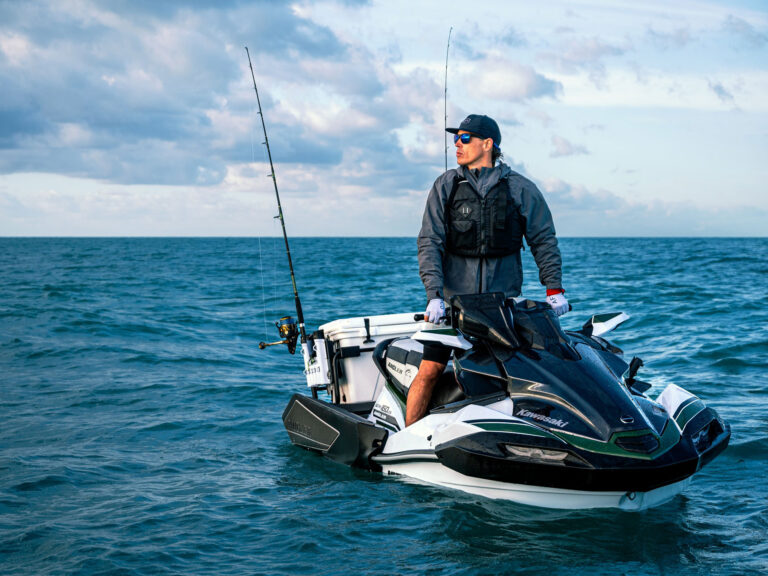
Though Sea-Doo has perennially been a frontline combatant in the personal-watercraft horsepower war, recent years have seen the manufacturer focus on ergonomics and handling. For 2016 the emphasis shifts back to power, with the introduction of the 300 hp Rotax 1630 ACE, the most powerful engine the brand’s Austrian power-plant manufacturer has ever produced.
Though technically a new engine for Sea-Doo, the 1630 is loosely based on the previous Rotax 1503. It features the identical 100 mm cylinder bore, but gains 9 percent in displacement due to the stroke being lengthened from the previous 63.4 mm to the current 69.2. Cylinders feature a new plasma coating, rather than pressed-in, iron sleeves. Applied by a proprietary thermal spraying process, the coating minimizes friction, improves heat transfer, and reduces engine weight. Pistons have been redesigned with longer, coated skirts and weigh 20 grams less. Connecting rods, shortened to accommodate the increased stroke, are also lighter. Additional changes include the improved shape of the single overhead cam cylinder head, larger injectors, and a coil-on-plug ignition system that delivers nearly twice the discharge.
For 2016 an additional cooling circuit combats power-robbing heat, and the heat sink doubles in size. Sea-Doo claims that the 1630’s larger intercooler boasts 2.2 times the cooling capacity of its predecessor. Fabricated from lighter, long-life alloys and utilizing sacrificial anodes in both the body and water passages, the design also increases corrosion protection. Compared to the 1503, the 1630 delivers 33 percent better engine cooling.

It’s typically suggested to operate high-horsepower PWC engines on premium gasoline, and the 300 hp Sea-Doo 1630 ACE is no exception. When necessary, however, 87 octane will do. Though performance could suffer, knock sensors protect the engine from long-term damage. Sea-Doo
The supercharger sports a compact, 32-blade fan wheel (double that of the previous unit), spins 8 percent faster at 47,000 rpm, and utilizes a thicker shaft, along with additional clutch washers and bearing packs. Rotax dynamically balances every supercharger before assembly and now touts the design as maintenance-free.
I tested the new engine in both the two-passenger RXP-X 300 and three-passenger RXT-X 300 during Sea-Doo’s September 2015 press introduction. With my 155 pounds in the saddle, both machines achieved blistering speeds, routinely surpassing the 67 mph mark in calm waters and nudging close to 70. Though capable of 8,400 rpm, units sold in the U.S. are held closer to 7,700 to satisfy Coast Guard recommendations. I was most impressed by the engine’s midrange oomph. The longer stroke equals more torque, and you can feel it when the pump is subjected to inconsistent loading, such as when encountering wakes, or pushing through a tight turn. Rather than hesitate, the engine delivers consistent, arm-stretching power. Let the battles begin anew.


